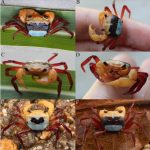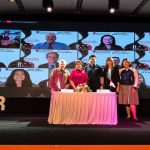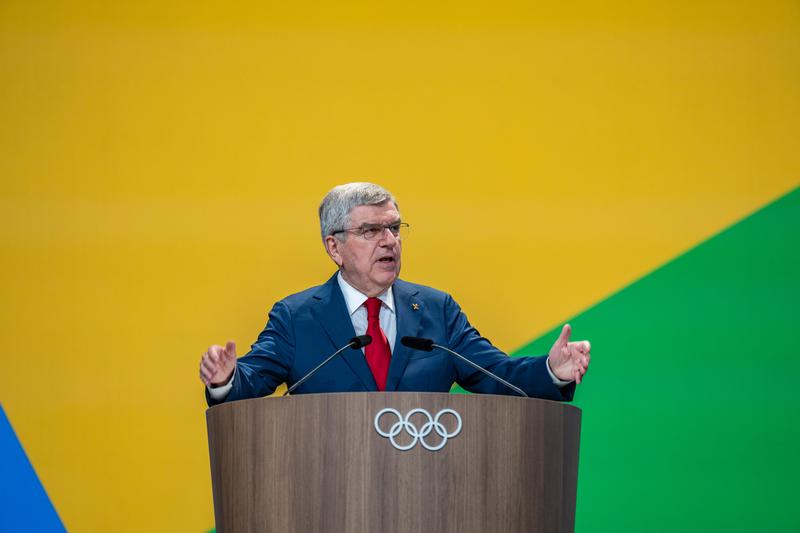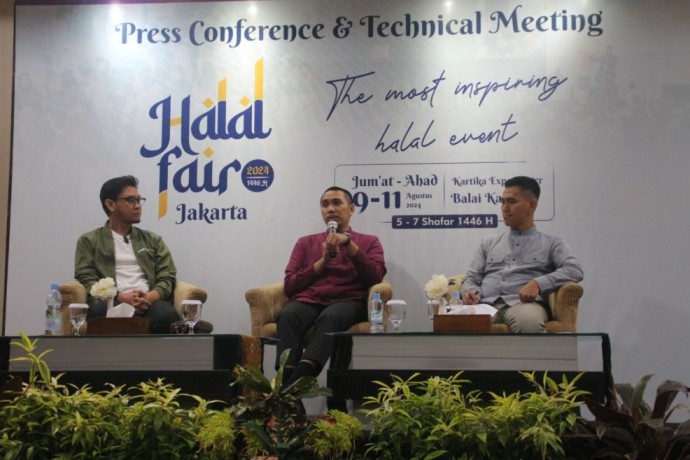Saudi Arabia plants more trees in Holy Land to make hajj pilgrimage greener
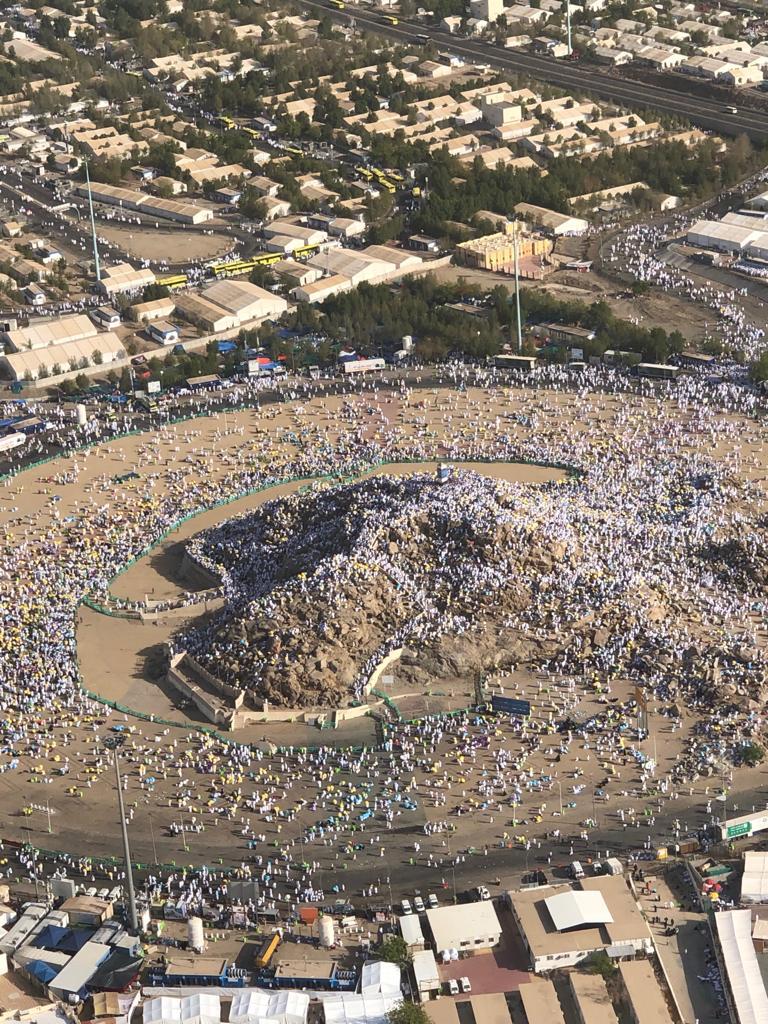
Vegetation coverage in Al Mashair has increased from 122 square meters to 878 square meters between 2000 and 2010.
Jakarta (Indonesia Window) – The Saudi government is intensifying a tree planting program in Al Mashair area to create a greener and more comfortable environment for hajj pilgrims.
Planting more trees in Al Mashair area, which covers 119 square kilometers and includes the main hajj sites of Arafat, Muzdalifah and Mina, aims to increase soil carbon.
Soil carbon helps reduce greenhouse gas concentrations in the air and improves soil quality. Building soil carbon is done by improving soil structure, water and nutrients content needed by plants, and feeding vital soil organisms.
“Restoring the ecosystem for a green hajj (pilgrimage) requires good carbon,” the CEO of the Saudi Green Building Forum (SGBF) was quoted by Arab News as saying here on Sunday.
SGBF and the United Nations Environment Program are studying Al-Mashair area to restore soil, and see its limits and carbon capacities.
SGBF CEO Faisal Al-Fadhl said that helping the environment restore itself meant increasing good carbon (soil carbon), a natural phenomenon that could be achieved through man-made initiatives.
“Vegetation will help reclaim its eco-capacity to revive itself and accelerate as soil carbon. This will include flora, animals, and how humans can fundamentally use it,” he told Arab News, adding that 70 million tons of soil carbon are needed to restore the area by trees.
Areas between Al Mashair needed restoration for a rich human experience, he noted, “not just Mina, (but) the mountains around it too.”
Al-Fadhl pointed out that good carbon canceled out the bad carbon from heat islands, a term referring to objects, elements, and structures such as cement, buildings, and reflective glass.
“These all generate a lot of heat so we want to reduce that through increasing soil carbon. The study is accredited by the United Nations Environment Program, and this area requires certain care scientifically, zoologically, and botanically,” Al-Fadhl added.
He pointed that Crown Prince Mohammed bin Salman last October announced that Saudi Arabia is aiming to achieve net carbon neutrality by 2060, and this move is in line with the Kingdom’s development plans.
Al-Fadhl further said the forum has begun projects to provide a green hajj pilgrimage since it was established and now, with more sustainability awareness, the team is stepping up its action plans.
“It is not only a ritual place from the inside. It is a human experience and we have to restore its nature. It is the biggest international host in the world, so restoring the eco-capacity is a must for the human experience to be unique,” he added.
Al-Fadhl pointed out that vegetation coverage is very poor in Al Mashair, with less than half of one percent having greenery or any form of vegetation. However, he said that vegetation coverage had increased from 122 square meters to 878 square meters between 2000 and 2010.
“That is an 800 percent increase,” he stated.
Al-Fadhl referred to U.S. architect William McDonough’s “A New Language for Carbon” in his explanation to identify three strategies for carbon management and climate change.
The first is carbon positive, converting atmospheric carbon to forms that enhanced soil nutrition, or to durable forms such as polymers and solid aggregates.
In addition, positive carbon also includes an effort to recycle carbon into nutrients from organic materials, food waste, compostable polymers, and sewers.
The second strategy involves carbon neutral, referring to actions that transform or maintain carbon in the form and cycle of durable Earth-bound across generations; or renewable energy such as solar, wind, and hydropower that do not release carbon.
The third strategy involves carbon negative, referring to actions mitigating pollutions on land, water, and atmosphere with various forms of carbon, for example, releasing CO2 and methane into the atmosphere, or plastics into the ocean.
Soil carbon
Scientists have found that soil contains more carbon than the atmosphere and all plants on Earth combined. They noted that there are 2,500 billion tons of carbon in the soil, compared to 800 billion tons in the atmosphere and 560 billion tons in plants and animals.
The more plants that grow on the soil, the more carbon is absorbed by the soil. Hence, carbon sequestration is one way to tackle climate change by reducing carbon dioxide in the atmosphere.
The amount of carbon absorbed by the soil is mainly determined by the biomass of plant roots, including the litter deposited from plant shoots.
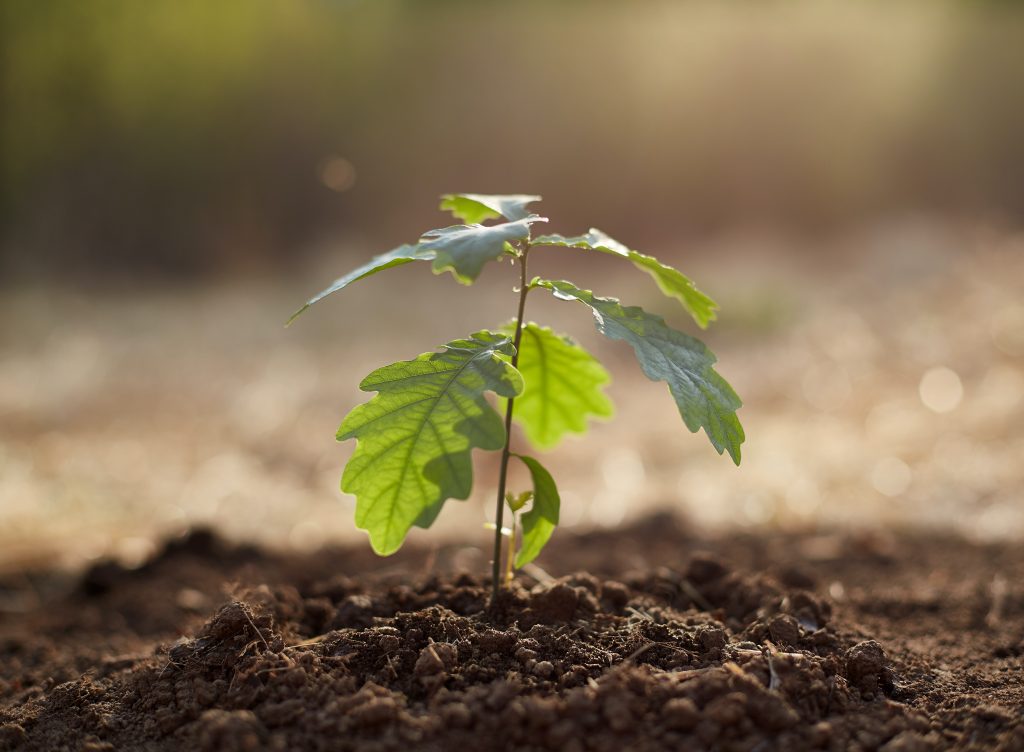
Soil carbon is produced either directly from the growth and death of plant roots, or indirectly from the transfer of carbon-rich compounds from roots to soil microbes.
For example, many plants form symbiotic associations between their roots and specialized fungi in the soil known as mycorrhizae. Plant roots provide the fungus with energy in the form of carbon whereas the fungus provides the plant with nutrients such as phosphorus.
The decomposition of biomass by soil microbes results in the loss of carbon as CO2 from the soil due to microbial respiration, while a small portion of the original carbon is retained in the soil through the formation of humus, a product that often gives carbon-rich soil characteristics, characterized by a dark color.
Source: Arab News with enrichment from various sources
Reporting by Indonesia Window

